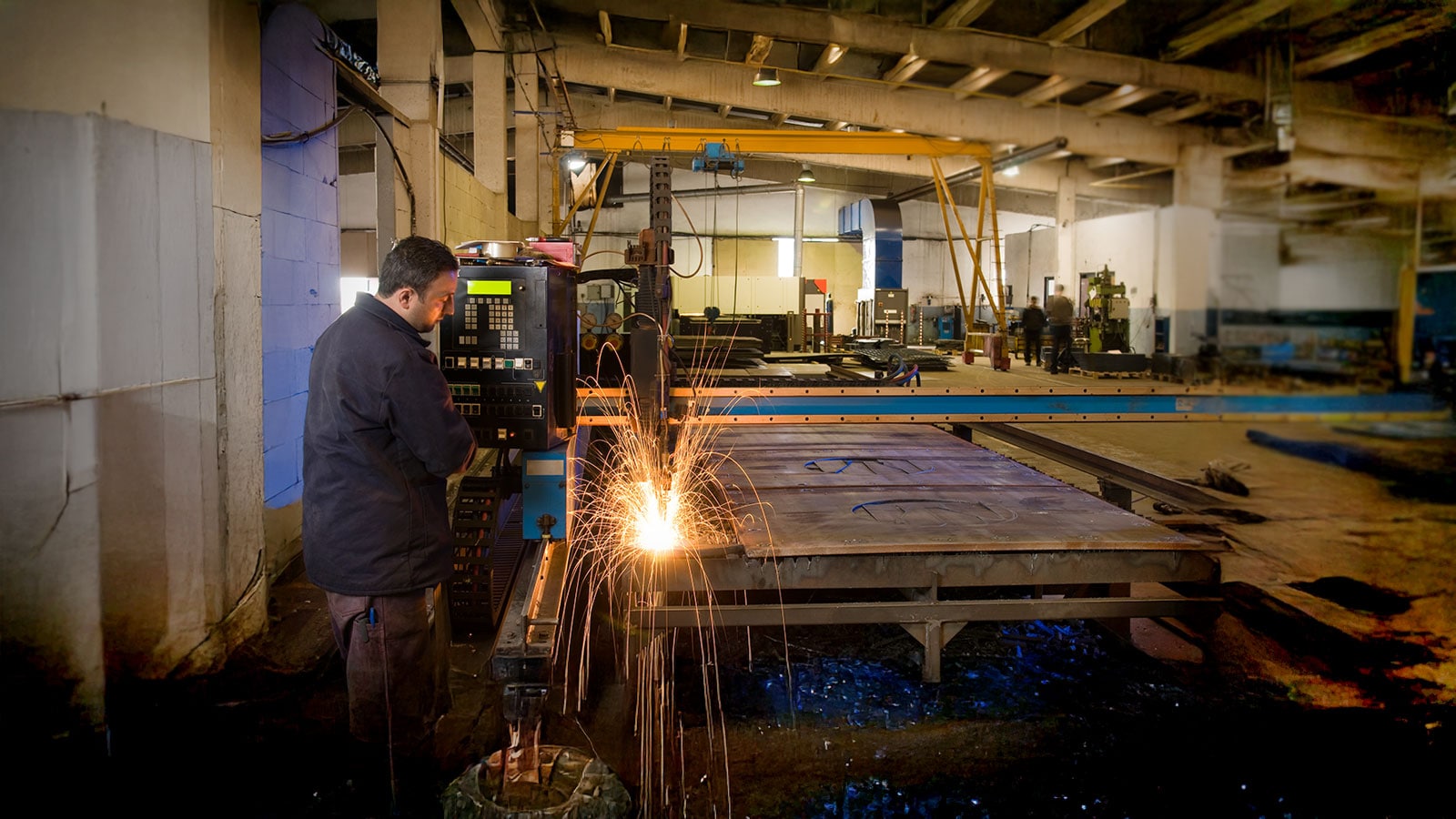President Donald Trump continues to push a US-first economic agenda centered on reshoring manufacturing, cutting regulations, and reshaping trade and tax policy.
The administration is implementing broad tariff changes and reciprocal trade frameworks aimed at strengthening US-based production, while negotiating trade deals or agreements with the European Union, Japan, the United Kingdom, and other partners. On October 30, the president announced a temporary trade truce with China, easing immediate tensions after months of talks and exchanges between the two countries.
On July 4, 2025, the president signed into law H.R. 1, the “One Big Beautiful Bill Act.” The sweeping tax bill aims to incentivize domestic investment and extends permanently individual, business, and international tax provisions of the 2017 TCJA, which were set to expire at the end of 2025.
The president has signed more than 200 executive orders since taking office, many designed to advance his agenda. Executives will want to understand what changes mean for their industries, where to find opportunity, and how to mitigate risk. Learn more about the administration’s moves, what they mean for business, and how you can prepare. Check back for updates.
Latest updates
November
November 12 - President Trump signed a government funding bill ending a record 43-day shutdown.
October
- October 30 - President Trump met with Chinese leader Xi Jinping in South Korea and announced a temporary trade truce.
Explore by key area
President Trump met with Chinese leader Xi Jinping in South Korea on October 30 and announced a short-term trade truce. China agreed to pause for one year the restrictions on rare earth exports announced on October 9. The president said he cut tariffs on China related to fentanyl to 10% from 20% effective immediately, reducing the total amount of tariffs on Chinese imports to 47%. President Trump had warned of an additional 100% tariff on Chinese exports that was set to go into effect on November 1. Separately, President Trump and South Korean President Lee Jae Myung met on October 29, also at the Asia-Pacific Economic Cooperation Summit, after which President Trump announced that a trade deal was nearly finalized. Meanwhile, President Trump on October 25 said the US would impose an additional 10% tariff on Canada.
The US Supreme Court will hear oral arguments on November 5 as to whether the president’s use of the International Emergency Economic Powers Act to impose tariffs is legal. Since taking office, President Trump’s trade policies have introduced uncertainty as the administration uses tariffs to reshape global trade and encourage investment in the US.
Reimagining trade and supply chain
Global trade is changing. With new tariffs, shifting policies and increasingly complex supply chains, the challenge is not just to react swiftly, but to make strategic decisions that keep you ahead.

Learn more:
- IEEPA tariffs: understanding the potential outcomes ahead of the Supreme Court’s ruling
- President Trump signs order modifying reciprocal tariffs and outlines path for trade deals
- Tariffs are today's catalyst for building resilience to future uncertainty and disruption
- Policy on Demand: Tariffs likely to endure despite court challenges
- Why companies should start to reconsider the business case for circularity
- Trade positions are taking shape: What’s your next move
On July 4, 2025, President Trump signed into law the final version of H.R. 1, the “One Big Beautiful Bill Act,” which extends permanently, individual, business, and international tax provisions enacted as part of the 2017 TCJA that were set to expire at the end of 2025. The bill features modified versions of individual and business tax relief proposals advanced by President Trump and other new tax relief measures. It also includes various revenue-raising measures, including changes to certain Inflation Reduction Act (IRA) clean energy tax credits and some limits on business and individual tax deductions intended to offset part of the cost of the legislation. In addition to significant tax law changes, the bill now signed into law includes increased funding for immigration law enforcement and national defense, as well as spending reductions affecting a large number of federal programs.
Republicans used the budget reconciliation process, which allows the legislation to be approved with a simple-majority vote instead of the 60-vote majority usually required. Republicans currently have a 53-47 majority in the Senate, but the bill passed 51-50, with a tie-breaking vote by Vice President J.D. Vance.
Turning tax into opportunity for business
Tax policy changes are bigger than tax. Changes to tax credits, incentives for US-based production, and international tax provisions may affect your research and development plans, value chain transformation, and supply chain and international tax core planning.

Learn more:
- The new energy credit landscape: Fast changes, big opportunity
- Accounting for US tax reform – One Big Beautiful Bill Act and more
- Translating the tax bill for business: How should executives prepare?
- IRS Notice sheds light on construction rules for wind and solar credits
- Accounting for 2025 US tax reform
Since taking office, President Trump has been focused on a US-first manufacturing agenda and advancing American leadership in artificial intelligence (AI) through deregulation and innovation. Recent executive actions have reshaped trade, energy and technology priorities—aimed at shifting the competitive landscape in favor of US-based investment. New tariffs and a reciprocal trade framework are designed to incentivize companies to reshore manufacturing and diversify supply chains.
These policy changes and the administration’s deregulatory push—including rolling back energy regulations, fast-tracking nuclear expansion, and accelerating AI competitiveness through EO 14179—are fueling a shift in strategic thinking around operations and energy infrastructure. A surge in AI use and broader plans for innovation are also accelerating demand for reliable, low-cost energy.
Powering growth and innovation
The convergence of changing geopolitical dynamics, supply chain realignment, and uncertainty presents a critical opportunity for domestic growth and innovation. This transition, however, exposes urgent gaps in infrastructure, workforce skills, investment capacity, and energy systems needed to evolve to a modern, resilient industrial base. Here’s how we can help.

Learn more:
- The new energy credit landscape: Fast changes, big opportunity
- Fueling US growth: Innovation and agility in AI, energy and manufacturing
- Sustainability News Brief
- The future of energy and manufacturing: Is America ready to lead the next industrial revolution?
- Taxing the digital backbone: What you need to know about data centers
- Can smart tech, robots and bold policy rebuild American manufacturing?
- PwC’s AI Agent Survey
The global economy is changing, and geopolitics is becoming a driving force in business strategy. The Trump administration’s stance on trade, tariffs, and regulation is reshaping how companies assess risk and operate internationally. Fragmented global policies—such as the EU’s AI Act and cross-border data rules—combined with an array of executive actions are driving companies to reevaluate exposure, modernize compliance strategies, and strengthen crisis readiness.
In this environment, companies should treat geopolitical volatility not as a one-off event, but as a persistent strategic variable requiring continuous monitoring, scenario planning, and operational agility.
Navigating geopolitical risk and regulation
Shifts in the geopolitical landscape and regulation, policy changes, and tariff increases are disrupting businesses that operate or have a presence in certain countries.

Learn more:
- Managing geopolitical risk in a more turbulent world—7 things to consider
- President Donald J. Trump’s healthcare agenda: flexibility and choice, fiscal conservatism, public health reform and deregulation
- Next Move: Practical insights on regulatory and policy developments in technology
- Our Take: The changing regulatory landscape
- 2026 Global Digital Trust Insights: New world, new rules: Cybersecurity in an era of uncertainty
Real-time scenario modeling solution
PwC and Palantir's approach to tariffs and supply chain
With new tariffs, shifting policies, and increasingly complex supply chains, the challenge is not just to react swiftly, but to make strategic decisions that keep you ahead. PwC and Palantir's approach through the real-time scenario modeling solution integrates diverse trade data streams — empowering companies with predictive, actionable insights. Model scenarios across tariffs, supply chains, financial impact and commercial strategies to proactively mitigate risks, capture opportunities and drive confident decisions in a volatile trade landscape.









